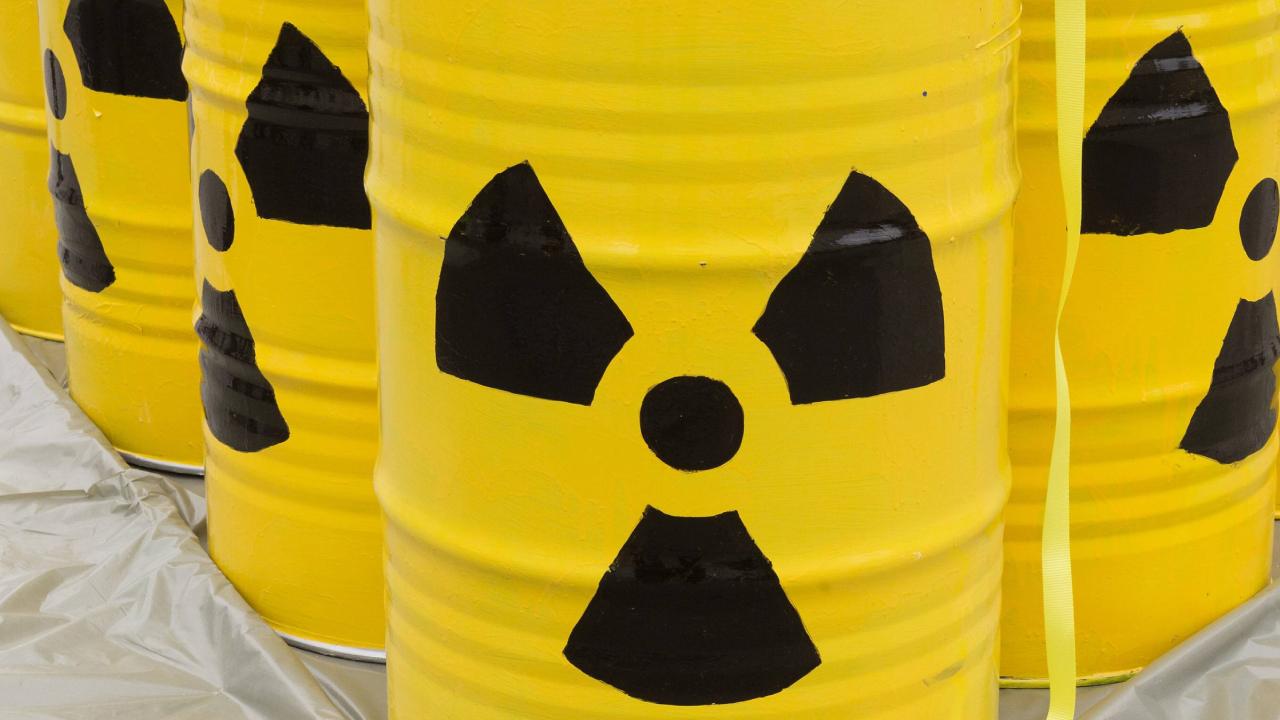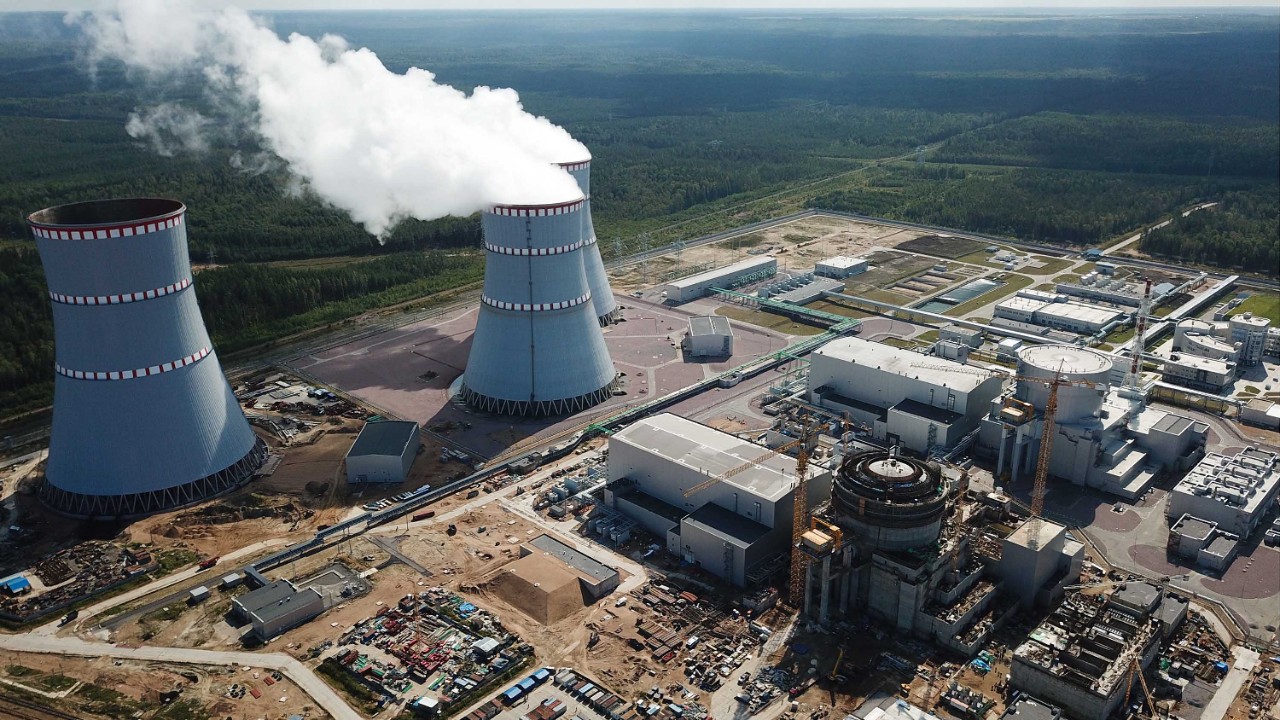Global nuclear energy production reached a new record in 2024. After two years of decline, nuclear energy reached a peak of 2,677 terawatt-hours, a rise largely attributed to China’s contribution with new reactors. However, there are significant concerns about whether this upward trend will continue.
What will the future of nuclear energy be like?
The future of nuclear energy is uncertain due to aging facilities, a lack of investment, and ongoing project disruptions. The share of nuclear energy in global energy has fallen from 17.5 percent in 1996 to 9 percent.

Even to maintain this level by 2030, 44 new reactors would need to be commissioned, ahead of current plans. This is more than two and a half times the annual commissioning rate of the last decade.
Slow progress and delays in nuclear projects are among the most significant factors limiting the sector’s growth. Of the 63 reactors currently under construction, 32 are in China. There are delays in 22 to 26 of these projects.
Since 2020, 44 of the 45 construction projects initiated were undertaken by state-owned companies based in China or Russia. These projects are ongoing in countries such as Egypt and Turkey.
Renewable energy sources and energy storage technologies are also impacting the competitiveness of nuclear energy. In 2024, the $728 billion investment in renewable energy was 21 times that of nuclear energy.
Renewable energy also grew 100 times faster than nuclear in terms of capacity additions. While battery costs are falling, nuclear power plant costs continue to rise. According to the report, despite commitments made at the COP28 climate summit to triple nuclear capacity by 2050, no intensive nuclear investment activity is expected in the near future, and nuclear energy’s share of global generation may decline further.













